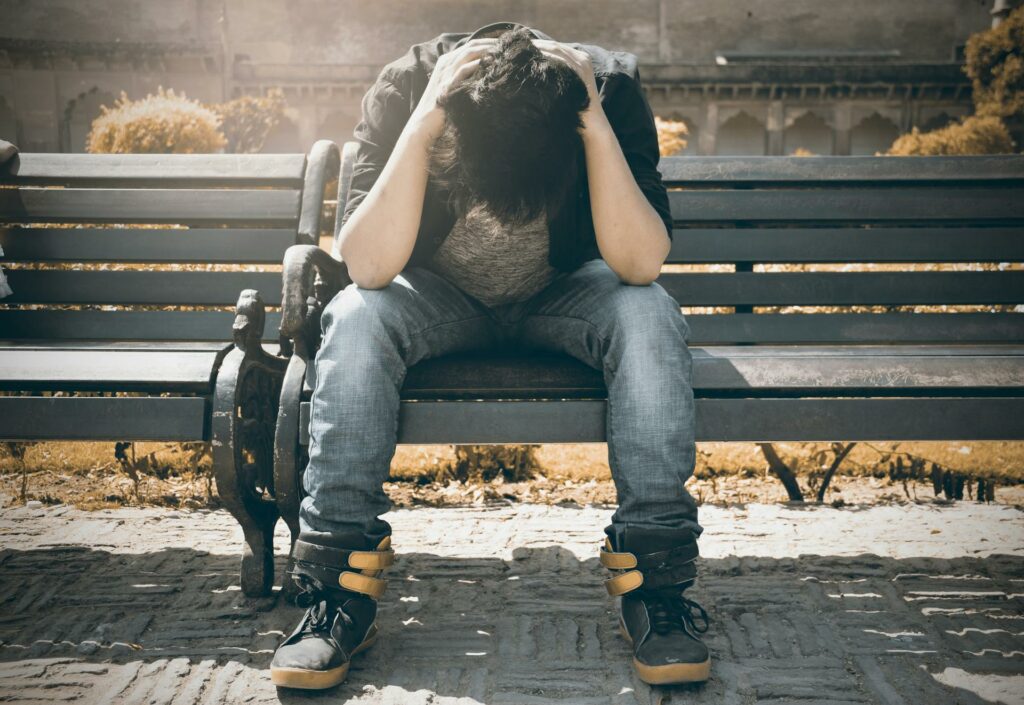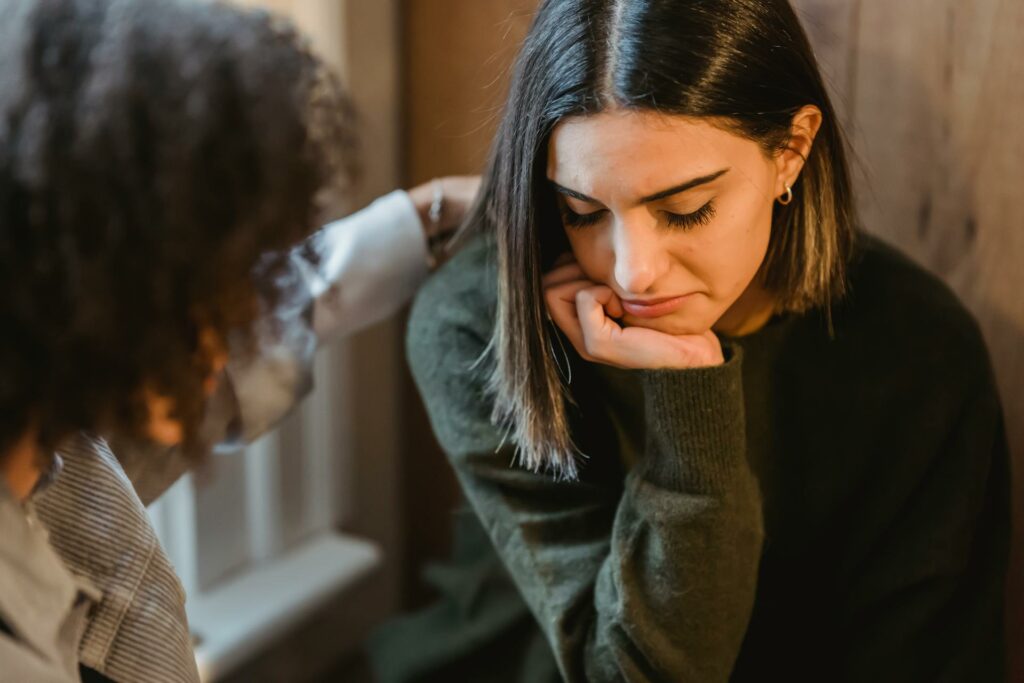
What Is Exposure Therapy?
Exposure therapy is a proven psychological treatment that helps people confront fears in a safe, guided way. Instead of avoiding triggers, you gradually face them—reducing anxiety over time.
At its core, exposure therapy involves:
- Gradual exposure to a feared object, thought, or situation
- A controlled environment led by a trained therapist
- Desensitization through repetition and support
This approach helps rewire how your brain reacts to fear, building confidence and resilience. Exposure therapy requires working closely with an experienced therapist, not on your own.
Exposure therapy is a branch of cognitive behavioral therapy (CBT). It focuses on changing patterns of avoidance and fear-based behavior through structured experience.
It’s often used along with other techniques such as behavioral activation or Acceptance and Commitment Therapy (ACT) to achieve greater progress.
Conditions Exposure Therapy Helps Treat
Exposure therapy is effective for a wide range of mental health conditions rooted in fear, avoidance, or anxiety. By helping you safely confront distressing thoughts or situations, it promotes lasting emotional resilience.
Common Diagnoses
Licensed therapists often use exposure therapy to treat:
- Post-traumatic stress disorder (PTSD)
- Phobias (e.g., fear of heights, flying, spiders)
- Panic disorder
- Obsessive-compulsive disorder (OCD)
- Generalized anxiety disorder (GAD)
- Social anxiety
- Eating disorders
- Depression (linked with avoidance behaviors)
Real-Life Examples
- Veterans with combat-related PTSD
- Adults with flight phobia
- Children healing from trauma or accidents
Looking for a licensed depression therapist? Contact David Ejchorszt today!

How Exposure Therapy Works
Exposure therapy follows a clear, structured path to help you gradually face what you fear. Progress happens step by step, guided by a trained professional who keeps the experience safe and manageable.
The therapy usually unfolds like this:
- Assessment: Identify specific fears, triggers, and goals
- Planning: Develop a personalized exposure hierarchy
- Gradual Exposure: Start with less intense triggers and build up
- Symptom Tracking: Monitor anxiety levels and emotional responses
This method helps retrain your brain to respond with less fear over time.
How A Therapist Helps With Exposure Therapy
A qualified therapist:
- Leads each session with empathy and provides structure
- Teaches coping strategies to manage stress during exposure
- Helps adjust the plan based on your progress
Homework and Practice
Between sessions, you’ll complete exposure tasks to reinforce gains and build confidence.
Types of Exposure Therapy
Exposure therapy can be delivered in several formats, depending on your specific needs and the nature of your fear. Each method is structured, evidence-based, and designed to build confidence through safe exposure.
Imaginal Exposure
You vividly imagine the feared object or situation, often used for trauma-related memories.
In Vivo Exposure
In vivo exposure involves you facing the feared situation in real life, like visiting a crowded space or crossing a bridge.
Interoceptive Exposure
This method recreates physical sensations of anxiety—such as racing heart or dizziness—to reduce sensitivity.
Virtual Reality Exposure
VR technology simulates environments like flying or public speaking, which is ideal when in-person exposure isn’t possible.
Systematic Desensitization
Systematic desensitization combines relaxation techniques with gradual exposure to ease anxiety during the process.
Graded vs Flooding
- Graded: Start small and increase intensity over time.
- Flooding: Begin with the most intense fear right away.
Prolonged Exposure
Involves repeated sessions over several months, especially helpful for PTSD.

Benefits of Exposure Therapy
Exposure therapy offers long-term relief from fear-driven behaviors. It’s not just about reducing symptoms—it’s about reclaiming control and living more freely.
Symptom Reduction
Many experience a noticeable drop in:
- Avoidance behaviors
- Panic symptoms
- Anxiety levels
This shift often happens after just a few sessions.
Empowerment and Control
Facing fears head-on helps you:
- Build emotional resilience
- Regain a sense of agency
- Feel less overwhelmed by daily triggers
Long-Term Change
With consistent practice, benefits of exposure therapy often extend well beyond treatment, improving your quality of life for years.

Some Considerations With Exposure Therapy
While exposure therapy is highly effective, it can also be emotionally intense. Understanding what to expect helps you stay grounded during the process.
- Discomfort is normal: It’s common to feel temporary distress when confronting fears. The goal isn’t comfort—it’s progress through repeated exposure.
- It’s not for everyone: Exposure therapy isn’t a do-it-yourself technique. A trained therapist ensures the process is safe and effective.
- Relapse doesn’t equal failure: Setbacks happen. Relapses are an opportunity to reassess and keep moving forward.
How Exposure Therapy Works with Other Treatments
Exposure therapy is even more effective when paired with other evidence-based approaches. These combinations help address multiple aspects of mental health for a more well-rounded recovery.
- Behavioral Activation: Encourages you to reengage in meaningful activities, boosting mood and motivation while reducing avoidance patterns.
- Acceptance and Commitment Therapy: ACT helps you sit with discomfort rather than avoid it, promoting flexibility in how you respond to fear and stress.
- Medication Support: In some cases, medication can ease symptoms enough to make exposure work more approachable and sustainable.
How to Get Started
Beginning exposure therapy can feel like a big step, but knowing what to expect makes it easier. The key is working with someone experienced in evidence-based methods who can guide you with confidence.
Finding a Qualified Therapist
Look for an LCSW, psychologist, or counselor trained in exposure techniques. David Ejchorszt is a licensed therapist in Longmont, Colorado who specializes in exposure therapy and anxiety-related issues.
Ask your therapist about their experience with your specific condition, their general therapy approach, and what you can expect from each session.
Book an Exposure Therapy Consultation with David Ejchorszt
Ready to move forward? David Ejchorszt (LCSW) offers expert, local support to help you regain control and peace of mind. Schedule a consultation online or call at (720) 675-7016!
Exposure Therapy FAQs
What does exposure therapy treat?
It’s commonly used for PTSD, phobias, panic disorder, OCD, anxiety, and depression linked to avoidance.
Is exposure therapy safe?
Yes, it’s evidence-based and conducted in a controlled, supportive environment by trained professionals.
How long does exposure therapy take?
Most people see progress in 8–15 sessions, depending on the condition and severity.
Can exposure therapy worsen symptoms?
You may feel discomfort at first, but that’s part of the healing process—not a sign of harm.
What if I relapse during exposure therapy?
Relapses are normal. They’re an opportunity to adjust the plan and keep going.
What’s the difference between in vivo and imaginal exposure?
In vivo means real-world exposure. Imaginal involves visualizing the fear in a guided session.
Do I need medication with exposure therapy?
Not always. Some may benefit from combined treatment if symptoms are severe.
Is exposure therapy suitable for children?
Yes, it’s often adapted for kids and teens with anxiety or trauma.
Does exposure therapy work for PTSD?
Yes, especially with prolonged exposure therapy, which is tailored for trauma recovery.
How do I find a licensed exposure therapist near me?
Search for licensed LCSWs, psychologists, or counselors trained in CBT and exposure techniques.
